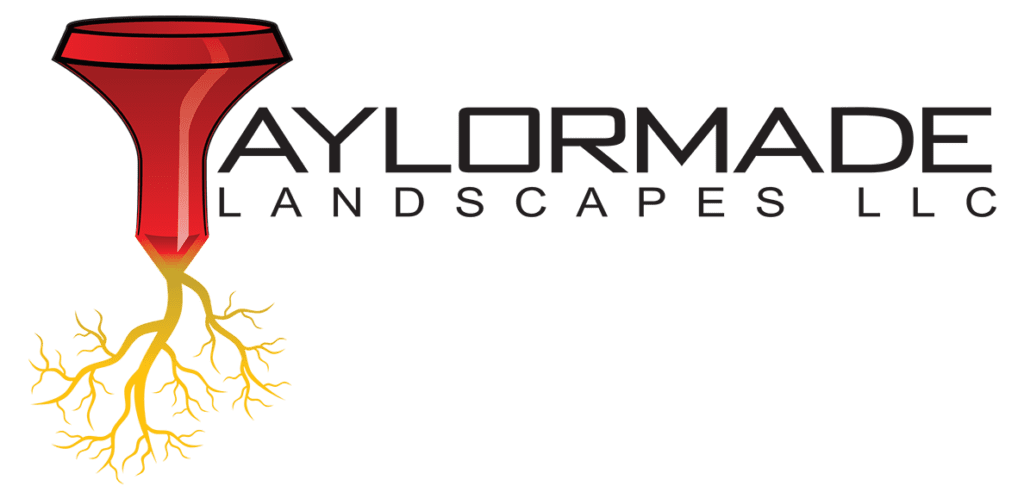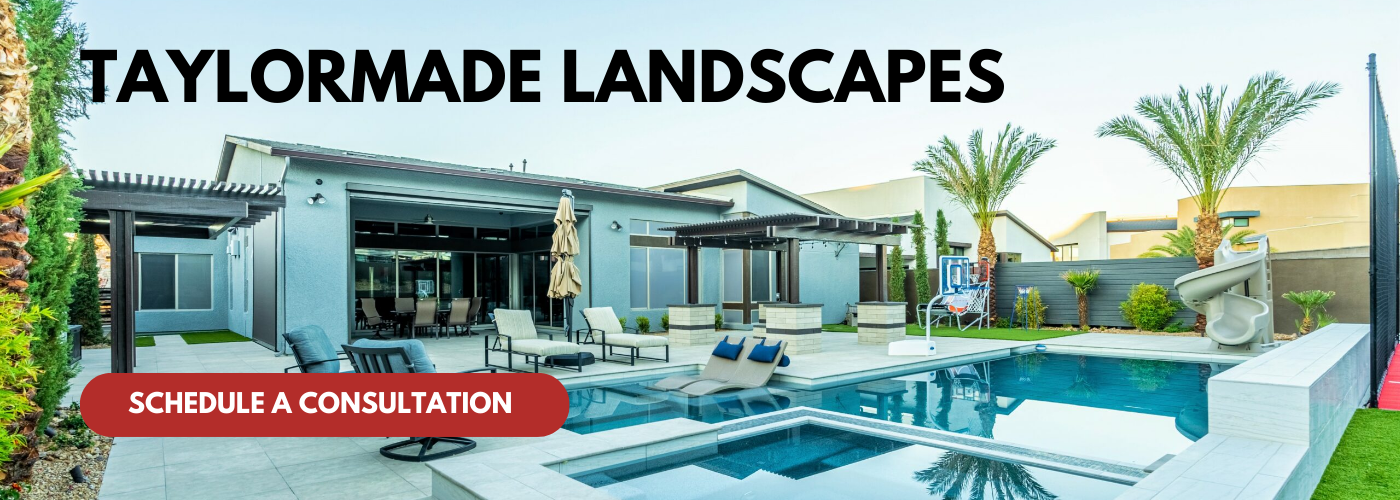As we enter 2025, the landscape of hardscape construction is evolving rapidly, influenced by a myriad of factors ranging from material costs to labor availability. Hardscaping, which encompasses the non-plant elements of landscape design such as patios, walkways, walls, and driveways, has become an integral part of residential and commercial properties alike. Homeowners and developers alike are increasingly recognizing the significance of these elements not only for aesthetics but also for functionality and sustainability. However, the financial implications associated with hardscape construction are becoming more complex.
In recent years, fluctuations in material prices, driven by global supply chain challenges, have significantly impacted hardscape projects. The rise of eco-friendly materials and sustainable construction practices has further influenced costs, as consumers become more conscious of their environmental footprint. Additionally, labor shortages in the construction industry have led to increased labor costs, complicating project budgets. With trends shifting towards custom designs and high-quality finishes, understanding the costs associated with hardscape construction in 2025 is crucial for anyone looking to invest in such projects.
This article aims to provide a comprehensive overview of the factors that contribute to the costs of hardscape construction in 2025. By breaking down material expenses, labor costs, and design considerations, we will equip homeowners, contractors, and landscape architects with the insights needed to navigate the current market. Understanding these costs is essential for making informed decisions and ensuring that hardscape projects meet both aesthetic desires and budgetary constraints while capitalizing on the enhanced functionality they can bring to outdoor spaces.
Material Costs and Availability
In 2025, the costs associated with hardscape construction are significantly influenced by material costs and availability. The materials used in hardscaping—such as pavers, concrete, bricks, stones, and gravel—are subject to fluctuations in market prices driven by various factors, including supply chain challenges, production costs, and demand trends. In recent years, we’ve witnessed a growing interest in sustainable and eco-friendly materials, which can also affect pricing and availability. High-quality, responsibly sourced materials may come at a premium but are often preferred for long-term durability and aesthetic value.
The availability of materials can be impacted by global economic conditions, local supply chain disruptions, and even environmental regulations that may restrict certain practices in material extraction or production. In 2025, with supply chains still recuperating from the effects of the pandemic, the demand for certain hardscaping materials may outpace supply. This imbalance can lead to significant price increases and delays in project timelines. For instance, if the demand for natural stone increases, and the extraction of such materials is slowed due to environmental concerns, builders may find themselves facing higher costs and extended procurement times.
Additionally, regional factors play a crucial role in material costs and availability. For instance, areas that experience severe weather or other environmental stresses may see a rise in demand for resilient hardscape materials, further straining inventory. Local sourcing can help mitigate some costs but may offer limited options compared to broader markets. In 2025, contractors and homeowners must also evaluate whether to invest in locally sourced materials or pursue broader supply chains that promise variety but carry risks associated with shipping and lead times. Ultimately, understanding the intricacies of material costs and availability is essential for anyone engaged in hardscape construction planning in the current landscape.
Labor Costs and Skilled Workforce
Labor costs and the availability of a skilled workforce are critical factors influencing hardscape construction in 2025. As the construction industry continues to evolve, the demand for skilled labor has intensified, leading to an increase in wages and overall labor costs. Skilled workers, including masons, landscapers, and general contractors, are essential for ensuring that hardscape projects are executed to high standards. The need for specialized expertise has become more pronounced as projects grow increasingly complex, requiring more than just basic labor skills.
In 2025, businesses in the hardscape industry face challenges related to labor shortages. Many markets are experiencing a dwindling pool of skilled workers, exacerbated by factors such as retirement of older workers, young people’s disengagement from trades, and competition from other industries that offer more appealing job opportunities. As a result, companies may need to invest more in recruitment and training to secure a competent workforce. This demand for skilled labor not only drives up wages but also increases hiring costs, which translates into higher overall project expenses.
Moreover, companies may find themselves competing for a limited number of qualified tradespeople, especially in regions experiencing a construction boom. This competition can lead to increased project timelines as companies struggle to find and retain the necessary personnel, resulting in potential delays and cost overruns. To mitigate these challenges, businesses may implement programs aimed at attracting young talent to the construction trades or invest in the development of apprenticeships. Overall, as labor costs and the need for skilled workers continue to rise, companies must strategically plan their workforce needs to avoid disruption and maintain profitability in the hardscape construction market of 2025.
Equipment and Tool Expenses
When considering hardscape construction, a significant aspect that impacts the overall budget is the equipment and tool expenses. These costs encompass a variety of items, from heavy machinery like excavators and compactors to smaller tools such as trowels and levels. In 2025, the trend in hardscape construction continues to shift toward using more advanced technology and specialized equipment, which can improve efficiency and the quality of the finished project. However, these advancements often come with a higher price tag.
Apart from the direct purchase or rental costs of the equipment, there are additional expenses to take into account. Maintenance of machinery, fuel costs, and insurance will also contribute to the overall budget. Businesses in the hardscape construction industry must ensure their equipment is not only suitable for the tasks they need to accomplish but also serviced regularly to minimize downtime and avoid costly repairs. Moreover, as the industry progresses, integrating more efficient machinery that can handle multiple functions may require a larger initial investment but could result in long-term savings through reduced labor costs and improved operational efficiency.
In 2025, the availability of equipment can also influence expenses. With the ongoing supply chain issues observed in previous years, securing high-quality machinery may lead to increased costs due to demand and scarcity. Contractors might find themselves spending more than expected on equipment rentals or purchases while also considering the potential need for training their workforce to operate new technologies effectively. A comprehensive evaluation of equipment needs and thorough budgeting are essential for minimizing unexpected expenses and ensuring the successful completion of hardscape projects. Overall, while equipment and tool expenses are a vital component of hardscape construction costs, with careful planning and investment, they can lead to better project outcomes and higher profitability.
Design and Planning Costs
Design and planning costs are critical components of any hardscape construction project, as they set the foundation for the entire undertaking. In 2025, these costs include various factors such as initial design consultation, landscape architecture fees, and the potential expenses associated with obtaining necessary permits and approvals. This expense is integral in translating a client’s vision into a workable plan that aligns with local regulations and environmental considerations. Professional designers or architects often utilize advanced design technologies, which may further increase the overall planning costs but can also improve the accuracy and feasibility of the project outcome.
Moreover, the complexity of the project significantly influences design and planning costs. For instance, intricate designs that require detailed site analysis, advanced modeling, or unique materials will typically escalate expenses. In addition, project modifications, which may arise during the planning or initial execution phases, can lead to additional time and resources being allocated, subsequently increasing costs. Effective planning is essential not only for aesthetic appeal but also for functionality and sustainability, which can save money in the long run by preventing costly errors or rework during construction.
As sustainability becomes a critical focus in landscaping and construction, the demand for eco-friendly and innovative design strategies has escalated. This shift may lead to additional design costs as professionals integrate sustainable materials or practices, analyze environmental impacts, and seek out innovative solutions that conform to green building principles. Although such investments can initially strain budgets, they may yield long-term savings through reduced maintenance costs and increased property value.
In summary, the design and planning costs associated with hardscape construction in 2025 will encompass a variety of essential elements, including consultation, architectural fees, permitting, and modifications based on sustainability practices. As these factors evolve, understanding and planning for these expenses will be crucial for homeowners and builders alike, ensuring that projects are not only visually pleasing but also feasible and compliant with modern regulations.
Maintenance and Liability Considerations
When engaging in hardscape construction, maintenance and liability considerations play a crucial role in the overall planning and execution of such projects. Proper maintenance is essential to ensure the longevity and functionality of hardscape elements, such as patios, walkways, retaining walls, and outdoor living areas. Regular maintenance includes cleaning, sealing, and repairing surfaces to prevent damage caused by weathering, erosion, and general wear and tear. In 2025, the costs associated with these maintenance activities can vary significantly depending on the materials used and the design complexity. For example, natural stone may require different maintenance efforts and costs compared to concrete or brick pavers, which can influence the overall budget for a project.
Liability is another significant consideration in hardscape construction. Inadequately planned or constructed hardscapes can lead to safety hazards, such as uneven surfaces or structural failures. Property owners must consider potential liability risks that could arise from accidents or injuries on their hardscape features. This might include the costs of insurance, safety inspections, and liability waivers that protect against possible claims. As regulations around safety and liability become stricter, the costs associated with compliance may increase. Property owners might be required to invest in higher-quality materials or expert consultations to mitigate these risks, which can also affect the overall expenditure of the project.
In 2025, it is important for those involved in hardscape construction to allocate a budget not only for the initial build but also for ongoing maintenance and potential liability costs. This means conducting a thorough risk assessment and factoring in contractor advice on material selections that offer durability and lower maintenance needs. By proactively addressing maintenance and liability considerations, property owners can enjoy their hardscapes while minimizing unforeseen expenses and maintaining safety standards, ultimately contributing to the successful longevity of their outdoor spaces.



